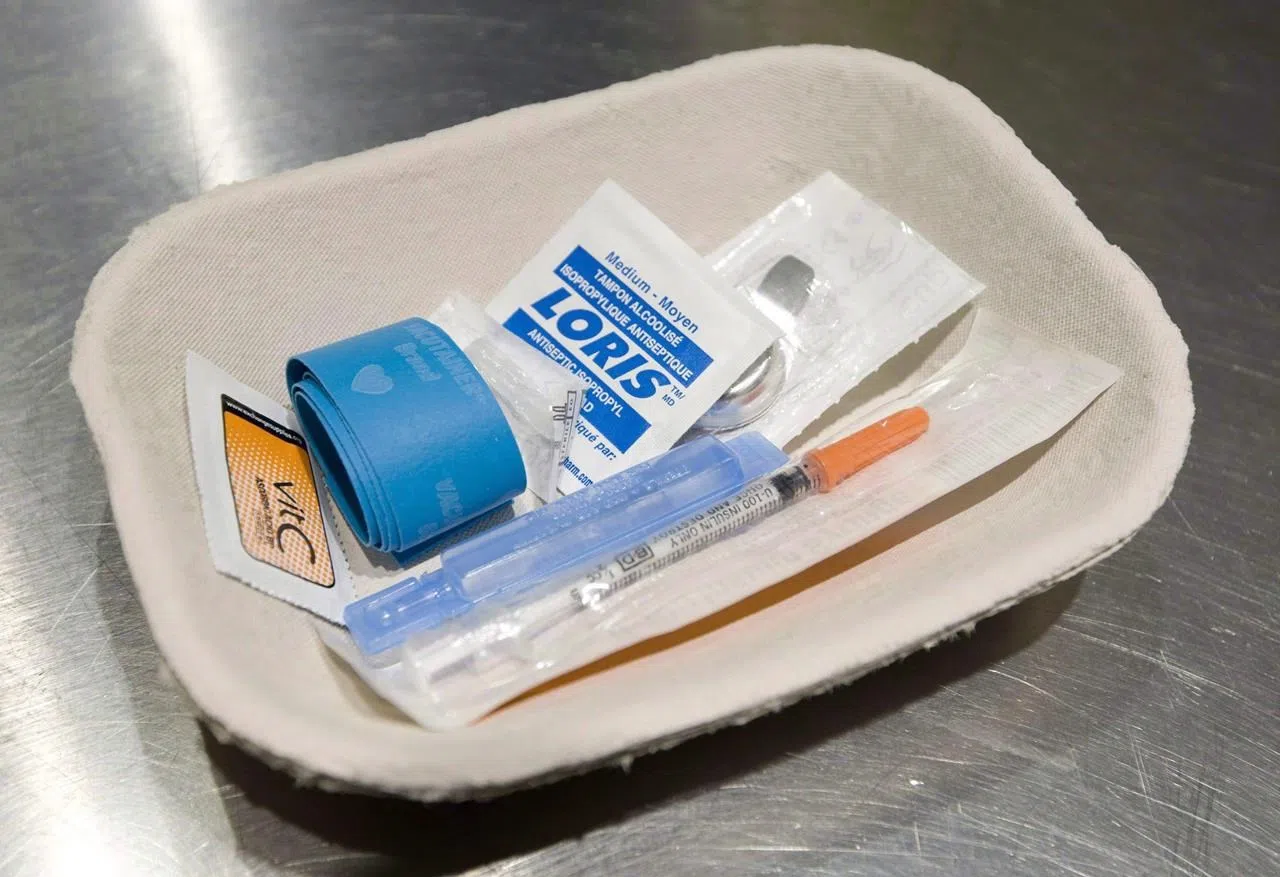
Ontario agrees to fund Toronto and Ottawa safe injection sites amid opioid crisis
TORONTO — Ontario is committing to fund three supervised injection sites in Toronto and one in Ottawa, as the province tries to combat rising numbers of overdose deaths amid a broader opioid crisis.
Toronto city council approved the supervised injection sites at existing downtown health-care facilities during the summer, and six months later the province has confirmed its support for the plan, with an estimated annual cost of $1.6 million and about $400,000 to create the spaces, though Ontario has not committed a specific dollar amount.
Health Minister Eric Hoskins spoke to Mayor John Tory ahead of a meeting Monday with politicians, public health officials and other stakeholders discussing how the city can tackle the growing and fentanyl-fuelled opioid problem.
“I believe that community-supported and community-run supervised injection services will not only save lives, but also must be part of a larger strategy for harm reduction and supports for people struggling with addiction,” Hoskins said in a statement.



